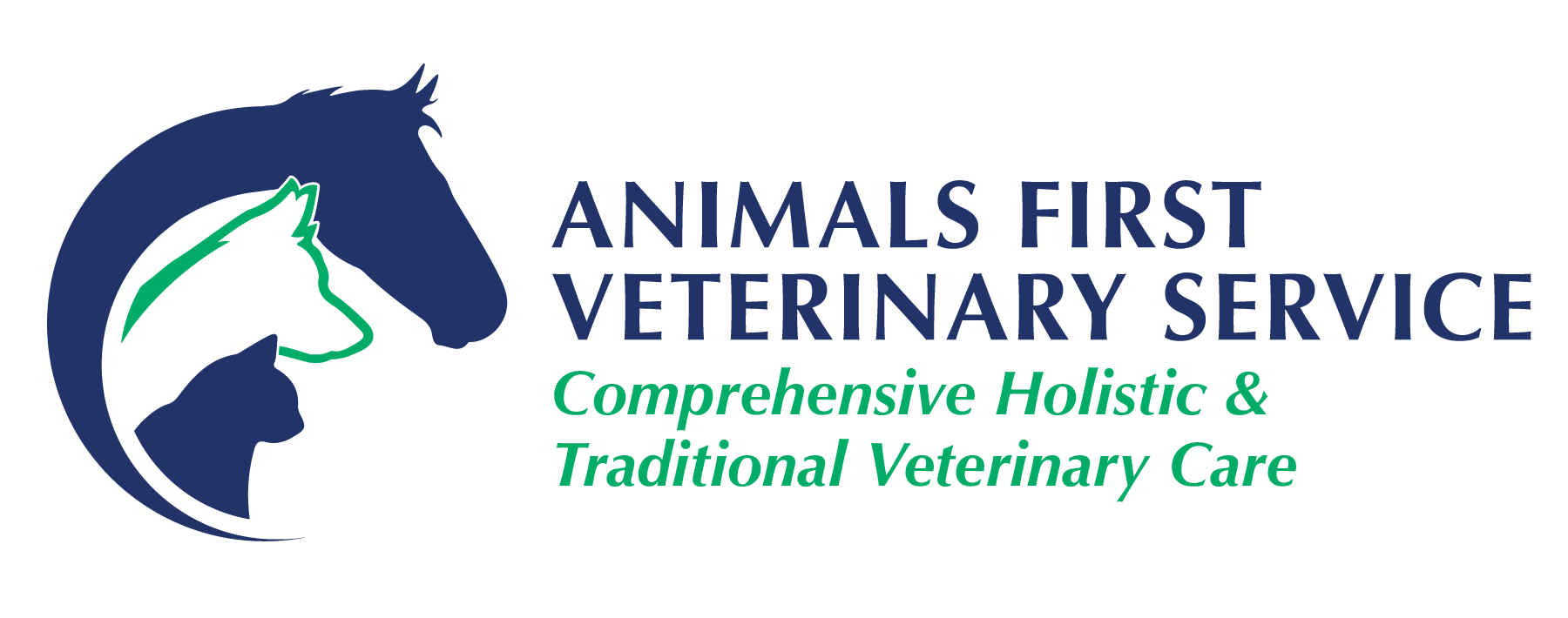Dealing with the Pests of Summer: Ticks, Fleas, Mosquitoes, and your pets
It’s May and already we have seen a lot of mosquitoes, ticks, one case of fleas, and even a lightening bug at our practice. We have had such a mild winter that those pests whose population is usually curtailed during the winter, were not, and it is likely that we will have a tough summer managing the fleas and ticks on pets and ourselves.
At Animals First Veterinary Service we strive to limit the number of poisons that we apply to our pets and that we put into our environment. For many years we have used Young Living Essential Oils, creating a flea and tick spray that we love the smell of, that won’t harm our pets, and that repels ticks and fleas. We have often tested this product and most ticks die on application of the product to the tick. We encourage our clients to use this spray as their first line of defense to discourage fleas and ticks.
It is not unusual for our clients to give us the most helpful hints on products that have worked well on their dogs. “The Easy Defense Flea and Tick Tag” is another product we are recommending for tick and flea prevention. It is a simple metal tag that can be fastened to the dog’s collar. This little tag has been effective for quite a few of our clients, including dogs who spend most of their time out of doors. There are no chemicals involved and we will be carrying this tag in the clinic for clients to purchase. The Easy Defense flea collar is often used along with the tag. This collar also uses essential oils (similar to our Flea Spray) to repel fleas and ticks. The Easy Defense Tag is effective for one year while the collar is effective for three months.
For our patients who have a high risk of exposure to fleas, mosquitoes and ticks this year, we are recommending Revolution in addition to the Easy Defense Tag. Revolution is a flea preventative, has action on some ticks, and prevents heartworms. This will save our clients money as no additional heartworm prevention will be needed. Revolution is also used to treat sarcoptic mange, and for those patients who have had recurrent issues with this, it is an added benefit.
Revolution works by stimulating the release of GABA (gama amino butyric acid) – a neurotransmitter in both internal parasites (nematodes) and arthropods – this release of GABA causes paralysis and death of the parasite. As with any chemical affecting the nervous system, Revolution may also act on the nerve cells of our pets and ourselves, and it is dose dependent reaction. Revolution has shown to be safe at up to 10 times the normal dose in 6 week old puppies with no adverse reactions. These safety studies were performed on over 100 different pure breeds and mixed breeds of dogs. The number of dogs tested for the oral medications discussed is not listed in the information given to owners and veterinarians.
There are many flea and tick products out this year that are being marketed to be given by mouth. These products circulate neurotoxins in your pets system so that when an insect bites, it will be exposed to the neurotoxin and die. The following are some products out this year with this mechanism of action:
Nexguard (Afoxolaner), Trifexis (Spinosad + Milbemycin oxime), Comfortus (Spinosad), Bravecto (Furolaner), and Simparica (sarolaner). As a general rule we do not recommend any oral prevention because of the inability to remove the medication from the system in the event of a reaction. Each of these medications are neurotoxins with affinity for insect neuroreceptors. Those that end in -aner are related chemicals. These chemicals bind nerve cell ion channels mediated by the neurotransmitter GABA (gamma amino buteric acid) resulting in hyperexcitation and uncontrolled excitability of the central nervous system and death of insects. Spinosad binds to nicotinic acetocholine neuroreceptors leading to involunary muscle contractions and tremors in the insect. Note that these poisons also bind to the nerve cells in our pets. Nexguard comes with the following caution: Reported side effects include vomiting, itching, diarrhea, lethargy and lack of appetite. The safe use of NexGard in pregnant, breeding or lactating dogs has not been evaluated. Use with caution in dogs with a history of seizures. All of the above chemicals come with the side effects of vomiting, diarrhea, and lethargy. Adverse effects seen in dogs given Spinosad included salivation, tremors, decreased activity, and vocalization. The likely cause for these symptoms is the interaction of the drug with your dog's nervous system and possibly irritation of the digestive tract by the chemicals included in the tablet, or chewable used to make the product. The dosage of neurotoxin determines the amount of interaction of the chemical with your dog's nervous system. In studies done with increasing dosage - side effects increase with dosage and in some studies even seizures resulted (Sarolaner). Although your dog may show no side effects with the label dosage, it does not mean that his or her system is not affected.
We realize that the tick and flea population will likely boom this year. We want to be as safe as possible but not introduce chemicals into our dogs’ bodies. Using non-toxic flea and tick preventatives and keeping our dogs as healthy as possible with a good diet, exercise, plenty of outdoor time, and a once a day tick check in the evening will go a long way to keep our pets safe.
How Do You Determine If You Are A High Risk Patient?
We made you a chart:
Still need help? Call our office at 540.937.6683 and we will talk you through the options.
